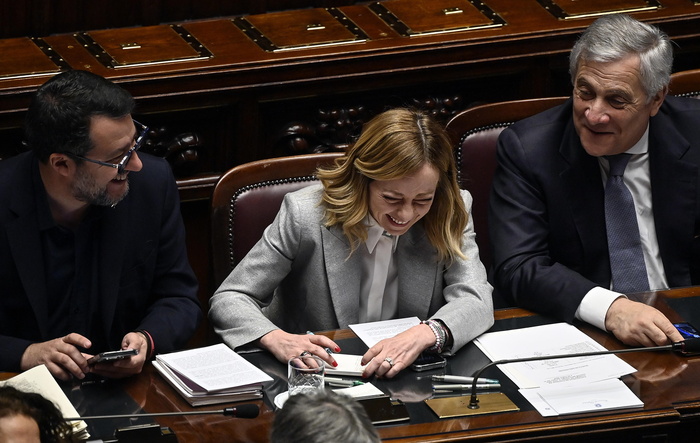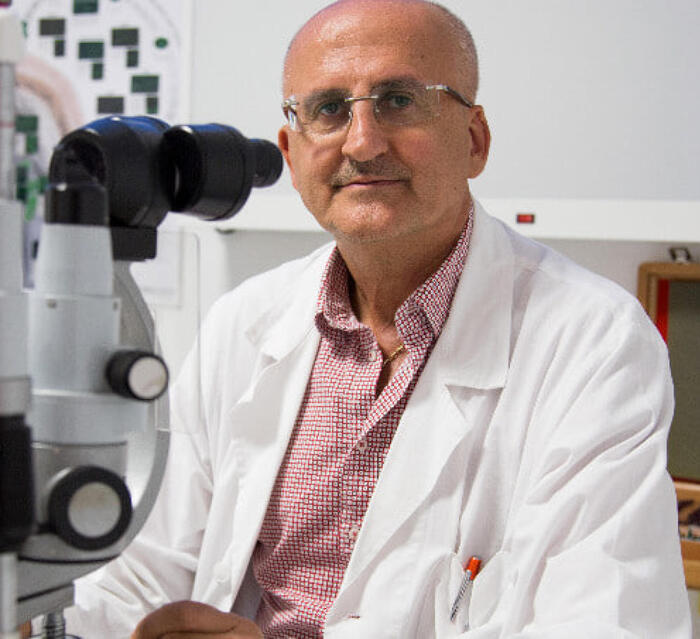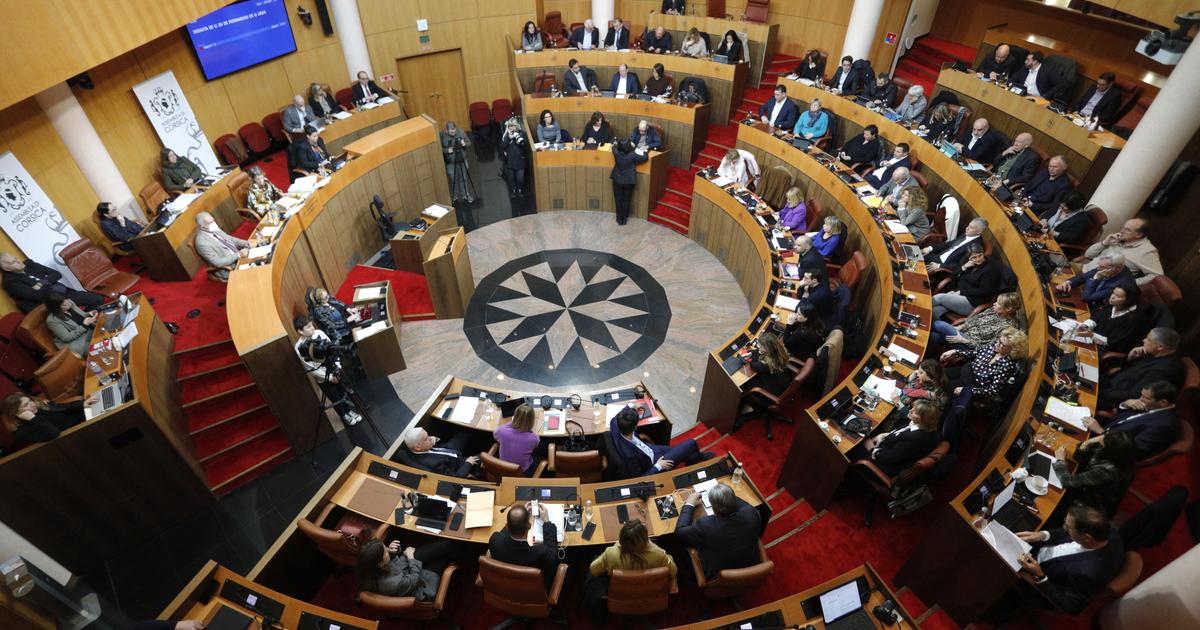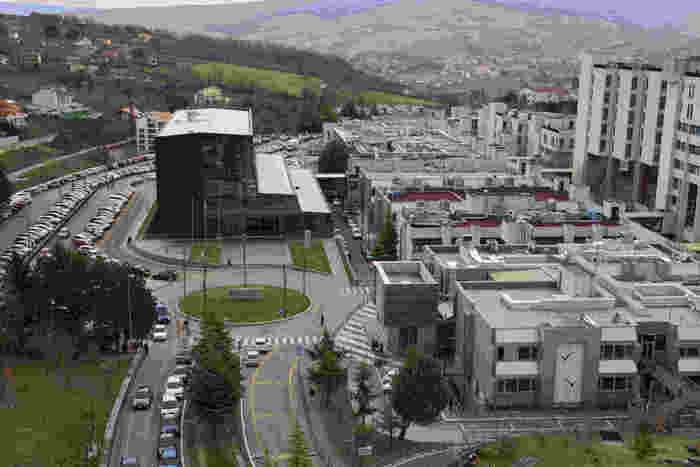A former ENA student and former professor of mechanical engineering, Maxime De Blasi is the author of the article
Le Grand Paris des grands parias?
published in Esprit magazine in April 2020.
In the context of an electoral campaign for the regions, what has become of the ambition of Greater Paris, understood as a metropolis elected by universal suffrage?
We are indeed astonished that a community of destiny could not be established as in other capitals (Rome, Berlin, London) whereas like them, and unlike other French regions, the Island -de-France is organized around a historic center, the city of Paris, and that its concentric character, its relative unity as one moves away from the center, the common issues facing its 12 million inhabitants call for political unity.
A Parisian agglomeration with very unequal taxation
If the unity of the Parisian agglomeration is obvious at the same time geographical, economic and human, it remains by far the most unequal. It is made up of departments where the median standard of living is the highest in mainland France (Paris, Hauts-de-Seine, Yvelines, Essonne and Seine-et-Marne) but also of the one where it is the lowest, in Seine -St Denis. On the institutional level, the current region does not have competences on issues as essential as housing and social housing, the fate of which varies greatly depending on the municipalities and departments.
It is even worse when it comes to local taxation which is neither egalitarian nor even harmonized in its rates: municipalities and departments with a population poorer than the average have low revenues from local taxation which they determine the rates, and the rich keep their strong receipts to themselves, even paying themselves the luxury of little taxing their inhabitants. Logically indeed, deprived of resources, marked by a lower density of commercial activities, and facing the needs of their underprivileged population, they are led to squeeze the inhabitants who pay the tax [1], in this case the middle classes, to ensure financial balance. We thus arrive at an aberration where the tax rates of the housing tax and the property tax are two, three, and up tofour times higher in the “poor” communes and departments than in the “rich” [2] while the local public services and the State are much less equipped (to realize this, for example, go and make a formality at La Poste d'Aubervilliers on a Saturday and do the same in the 2nd arrondissement of Paris or in Neuilly)!
This fragmentation of the region is understandable if we take for granted the spatial and social segregation between rich and poor municipalities.
Maxime De Blasi
As for the solidarity mechanisms, they do nothing or almost nothing to compensate for these disparities: the product of the solidarity fund established between the “rich” and “poor” municipalities of the region is 350 million euros, or less than half a thousandth of the region's GDP, and the equalization grants paid by the State are of the same order (urban solidarity grant, national equalization grant).
And yet, alongside that, the discourse agreed upon and heard by politicians praises the essential social “mix”, equality, and so on. whereas this state of affairs is taxing the middle classes who live in working-class suburbs and limits access to public services for the most disadvantaged. The same goes for social housing, with a very variable location within the agglomeration. So, even before evoking or complaining about a supposed ghettoization, politicians should finally peek their eyes on the institutional realities of France, which means that truth below the ring road is error beyond.
This political, fiscal, spatial fragmentation, which results in particular from the "historical compromise" tacitly concluded fifty years ago between the right and the left during the disappearance of Seine-et-Oise in 1968 and the creation of the seven departments of the Ile-de-France region. , can no longer understand each other.
Or rather it is understandable very well if we take for granted the spatial and social segregation between rich and poor municipalities, shocking whereas the inhabitants of Île-de-France all contribute to the wealth of the region through their work, their consumption, their activity and that the agglomeration represents a pool of life and jobs with common issues.
A "Munich of paperwork"
The Greater Paris project launched by Nicolas Sarkozy in 2007 had an objective of politico-administrative unification. Will buried in the face of the outcry of local elected officials from all sides anxious to preserve their home, highlighting the eternal slogan of "threats to local democracy", as if the agglomerations of Rome, Berlin or London were dictatorships! Although it was born in 2016, the “Metropolis of Grand Paris” did not receive the skills of planning and housing, even less those of taxation. Its skills are limited to strategic planning and other "blueprints". These waivers only led to one more administrative layer and a “Munich of red tape”.
How can we believe in the commissioning announced "by 2030" of 68 stations and 200 km of lines while the extension of line 12 to the town hall of Aubervilliers carried out by the RATP, consisting of only two km of tracks and two stations, lasted 10 years
Maxime De Blasi
A miscarriage of the project was born, it is true: the orbital network of the "Grand Paris Express", a sort of "metro A86" connecting the cities of the Parisian suburbs. Beautiful ambition, certainly. But how can we believe in the commissioning announced "by 2030" of 68 stations and 200 km of lines while the extension of line 12 to the town hall of Aubervilliers carried out by the RATP, consisting of only two km of tracks and two stations, will have lasted 10 years, suffering a delay of five years, and that the extension of line 14 announced for 2017 was only opened in the summer of 2020, i.e. 100% of the deadline in both case. Remember that in ten years, between 1900 and 1910, not two but a hundred stations were built in Paris: we look in vain for "progress"! Furthermore,its cost is already 50% higher than advertisements, at 35 billion euros. Of course, the Grand Paris Express will strengthen the unity of the region and favor the suburban municipalities, but it is not acceptable to wait for its (distant) commissioning to correct the inequalities otherwise it is the law of the market that will apply, further favoring the hypercentre over the peripheries.
Especially since, little commented on, the comparison of real estate prices in the old in the region shows a change in the dynamics: its structuring due to the distance from the center, whatever the direction cardinal; indeed, since 2015, we see that the hypercentre of Paris has increased by 30 to 40%, the “double-digit districts” by 20 to 30%, the inner suburbs between 10 and 20%, while the departments of the large crowns saw their prices stagnate or even decrease. A remarkable novelty, the inner suburb of Seine-Saint-Denis has become attractive, with + 10% on average (+ 42% in Saint-Ouen and + 25% in Pantin, Bagnolet and Montreuil). The distance from the center thus seems to have become the
ultima ratio.
attractiveness. This is not trivial insofar as a survey carried out in 2019 showed that the price constrains two-thirds of Ile-de-France residents in the choice of the location of their housing.
This is all the more new when one thinks of the historical divide between affluent (located to the west and southwest) and popular (east and north) neighborhoods. Or the dream of the “suburban-pavilion-with-garden” which had seen the middle classes flee the center for the residential suburbs of the outer suburbs, encouraged by the creation in the Gaullian era of RER networks and five new towns, conceived in a logic of alternative urban centers in the center, 30 kilometers from Paris: Sénart, Saint-Quentin en Yvelines, Évry, Cergy and Marne-la-Vallée. The reasons are multifaceted: transport time on blocked highways that the crowded RERs with recurrent delays do not compensate, rising gasoline prices, feeling of insecurity, crimes exploding in peri-urban areas,distance from cultural life, noise pollution from airports and highways, etc. On the other hand, the rehabilitation of the center of Paris is accompanied by increasing obstacles to access the center (Crit'air sticker and old vehicles banned from circulation during the week, restriction of access to the gates of Paris, etc.).
Greater Paris, elected by universal suffrage, could in particular take over the responsibilities relating to housing, social housing and local taxation from the current town halls, inter-municipal authorities and departmental councils in the region.
Maxime De Blasi
Be that as it may, this strengthening of the region's concentric character is also an opportunity to be seized to create a true Greater Paris because at a given distance from the center, the renewed attractiveness of many suburbs attenuates the differences with the “rich” suburbs. », Strengthening the cohesion of the region.
The big tax evening of a real Grand Paris until the Francilienne
A resumption by the current region of the skills of housing or local taxation currently crumbled between departments, inter-municipal authorities and municipalities, however desirable it may be, seems unthinkable: balances, political calculations, selfishness are so entrenched as ever. a downsizing of skills to the benefit of the current region will not succeed, as the failure of the various attempts carried out since 2007 has shown.
A new entity should therefore be created to be granted by law useful and strategic powers on the scale of the Parisian agglomeration. Greater Paris, elected by universal suffrage, could in particular take over the responsibilities relating to housing, social housing and local taxation from the current town halls, inter-municipal authorities and departmental councils in the region. Above all, local tax rates and endowments and territorial public equipment and services could be unified so as to no longer depend on the place of life, with a trajectory of convergence and catching up to ensure a gradual change in current balances: thus, in the long term , the inhabitants would pay the same local taxes [3] and would have the same quality of public service wherever they reside in the agglomeration.
Spatially, the takeover of the organization that divides the Rhône department between Lyon-Métropole and the peri-urban and rural areas that surround it, adapted between Greater Paris up to the Francilienne and the current region beyond, is a useful track because proven.
The border of the Ile-de-France seems the most relevant because at the scale of London or New York, bringing together 10 of the 12 million inhabitants of the region, and marking more or less the passage from an urban to a suburban environment. with different issues.
A referendum could be organized with different choices inspired by the metropolises of neighboring countries.
[1] Very low incomes and the elderly are exempt from paying property tax and housing tax.
[2] Figures and comparison in 2008: https://www.linternaute.com/argent/impots/1096966-impots-locaux-2008-les-taux-region-par-region/1096981-ile-de-france.
[3] State grants to local authorities in France are already paid according to objective, approved and tested criteria, which could usefully be used for this purpose.









